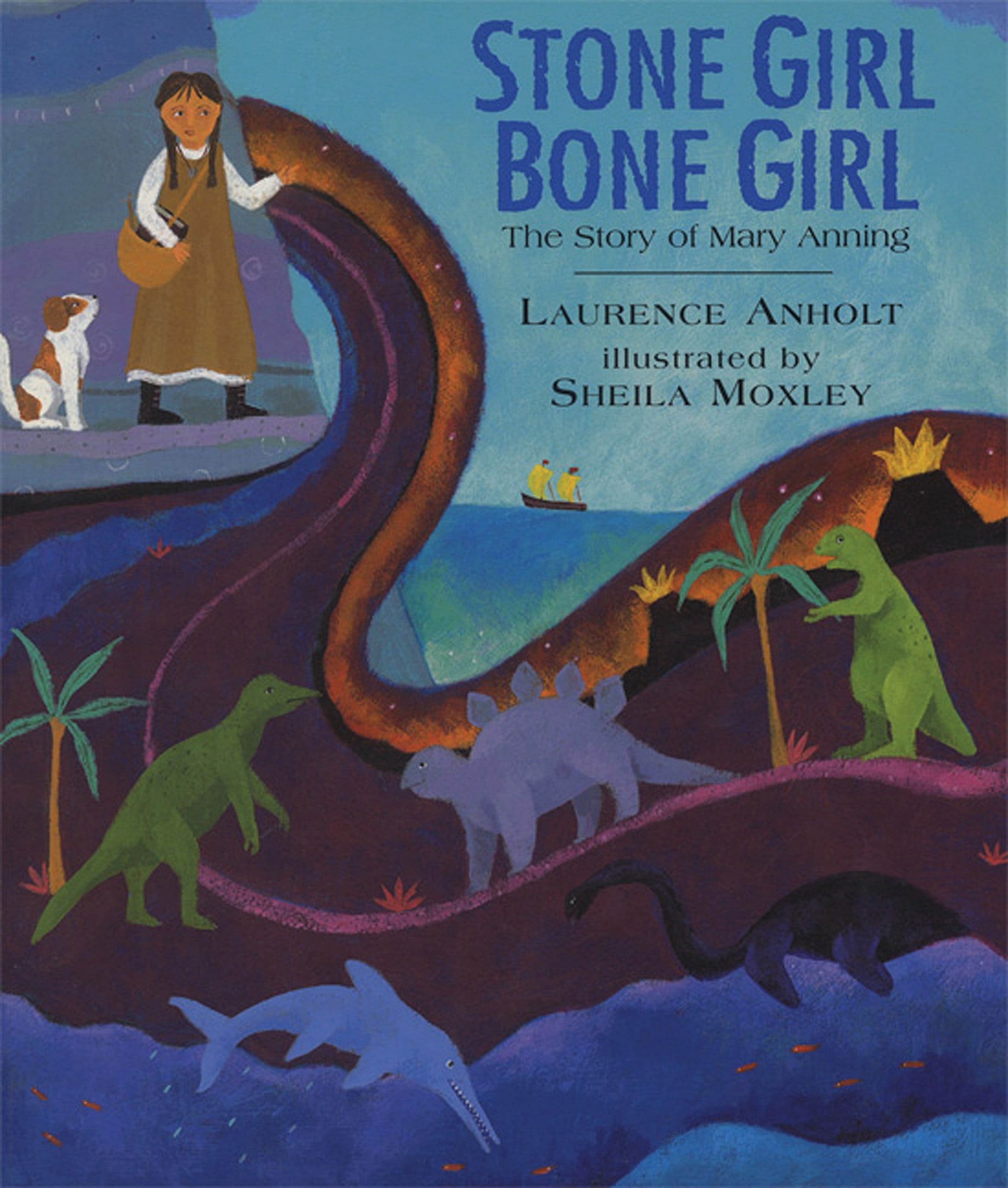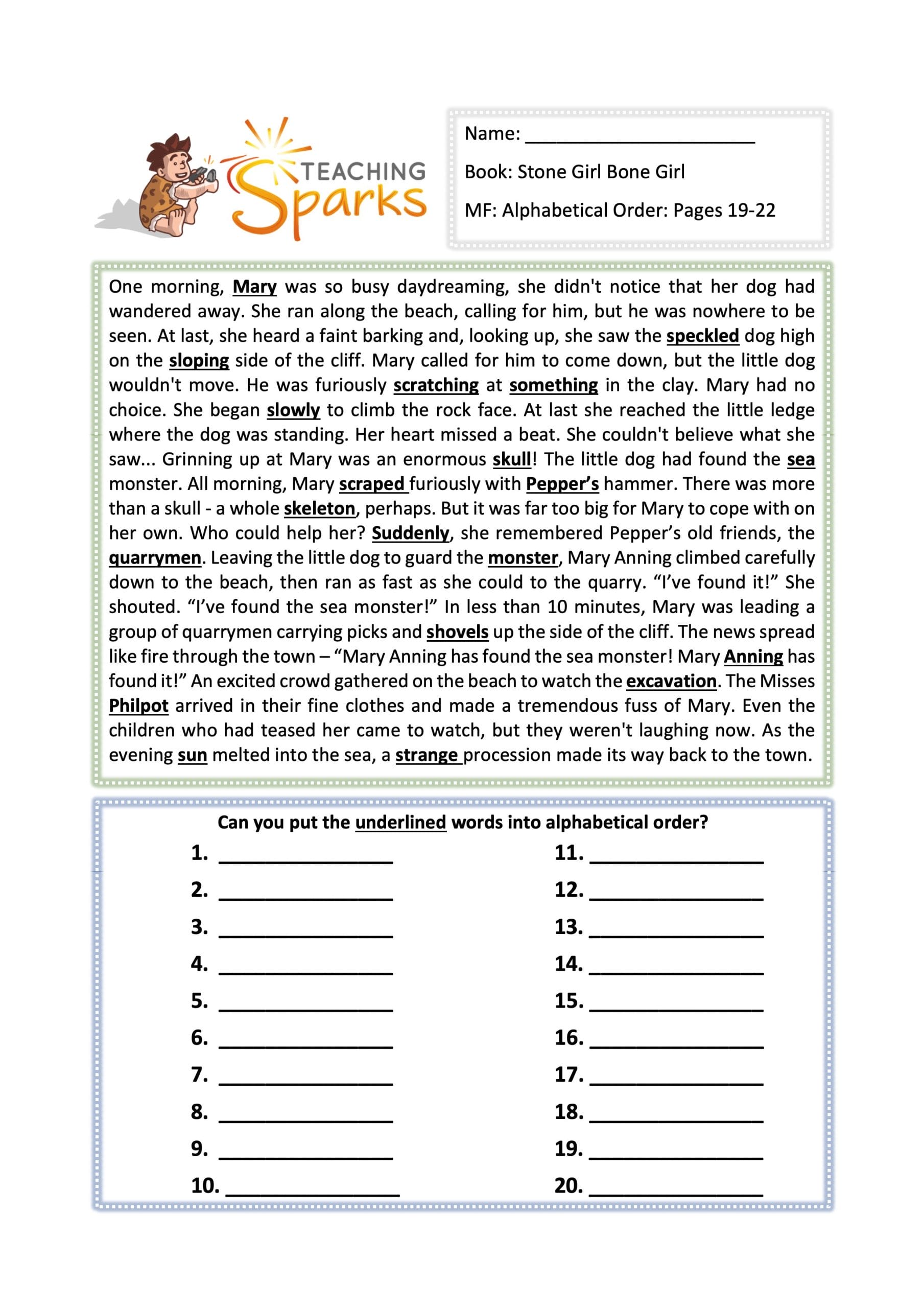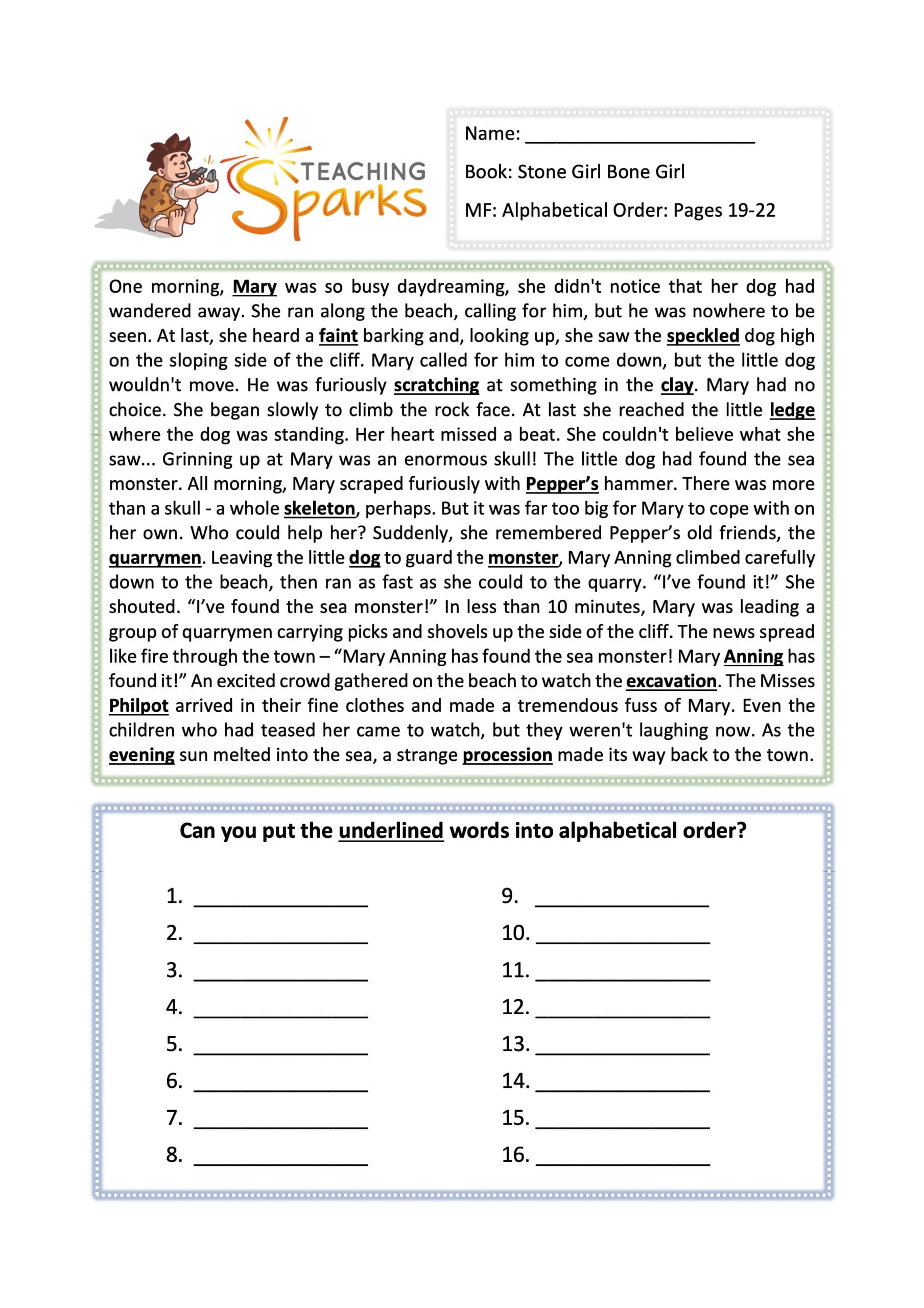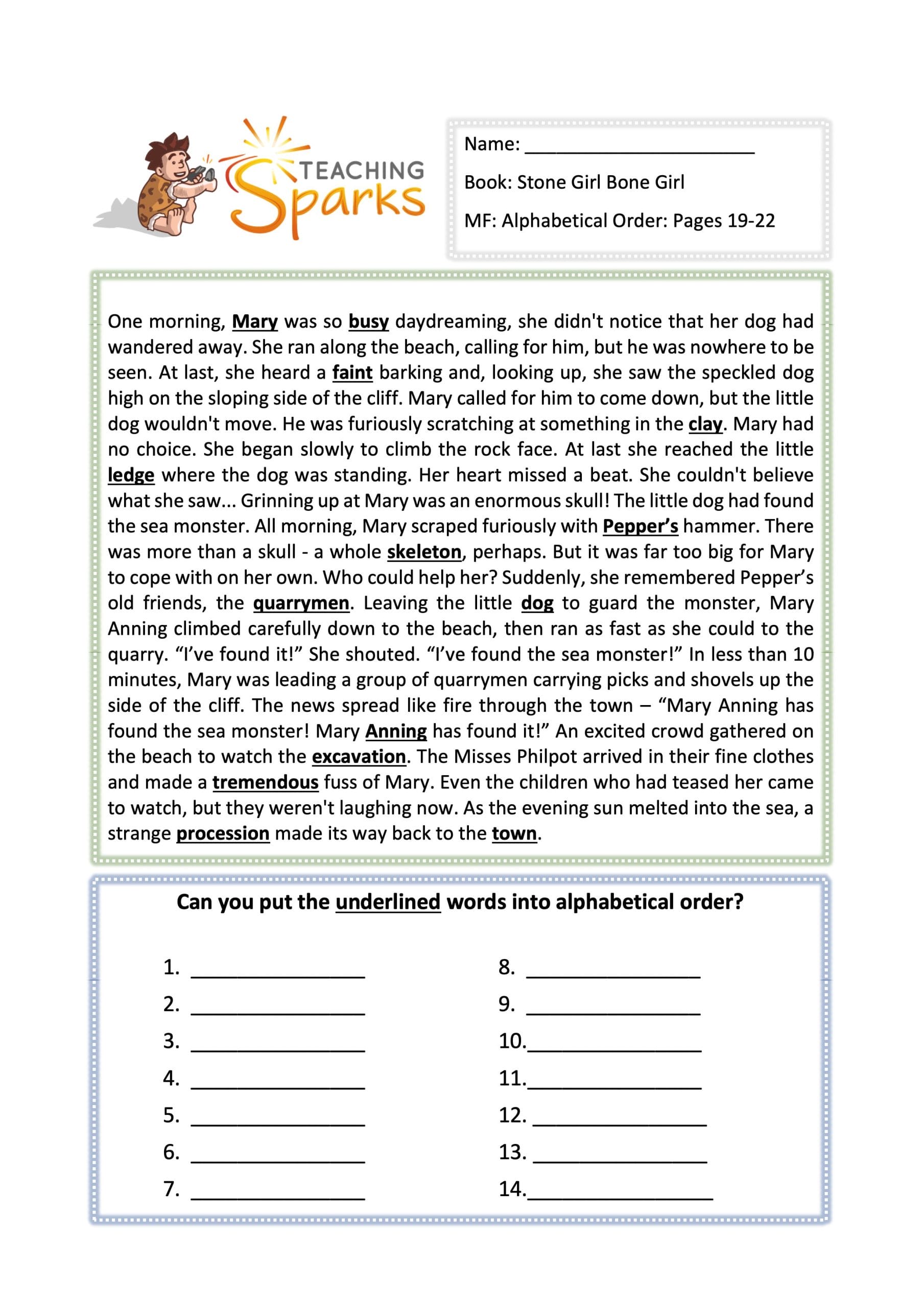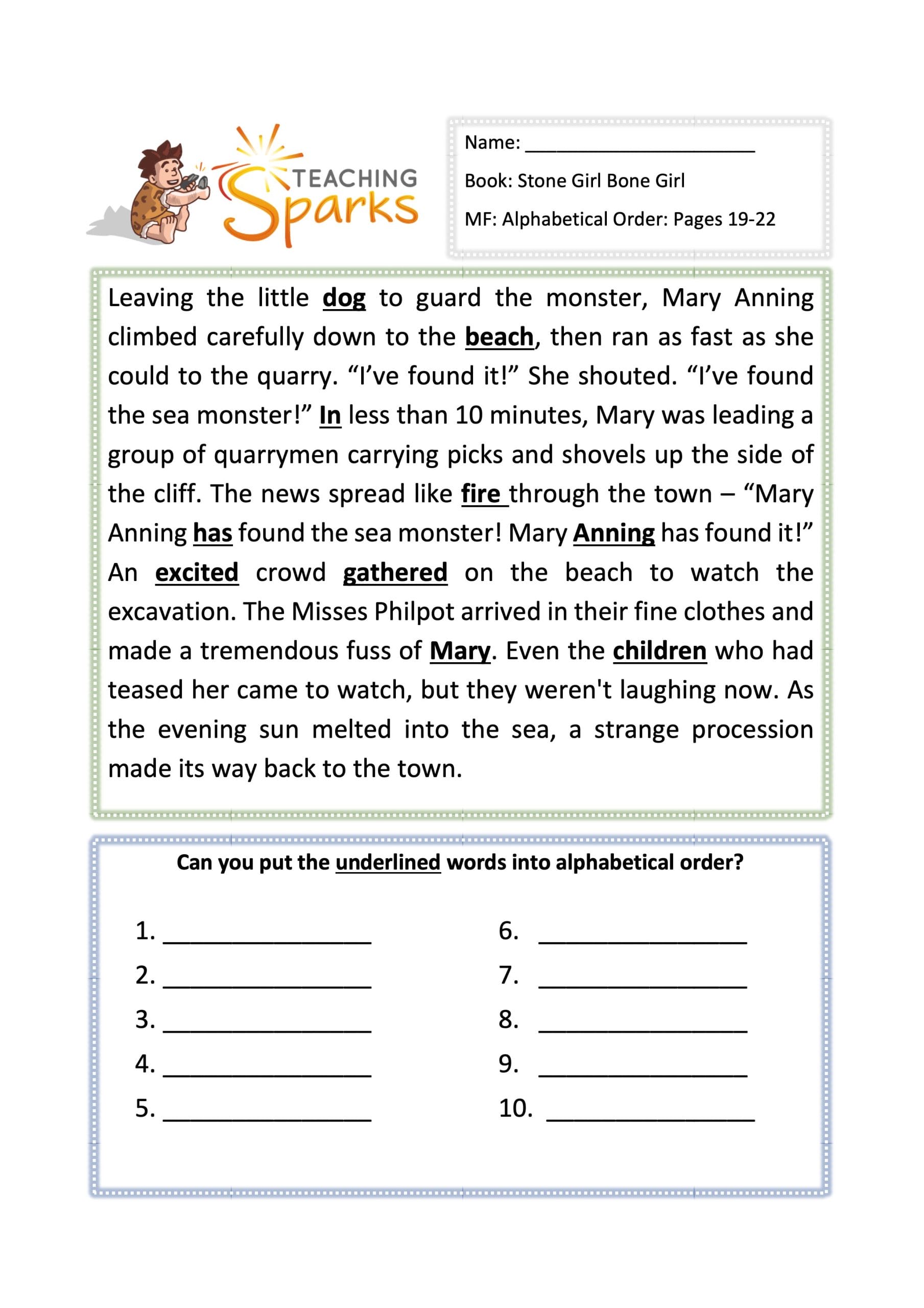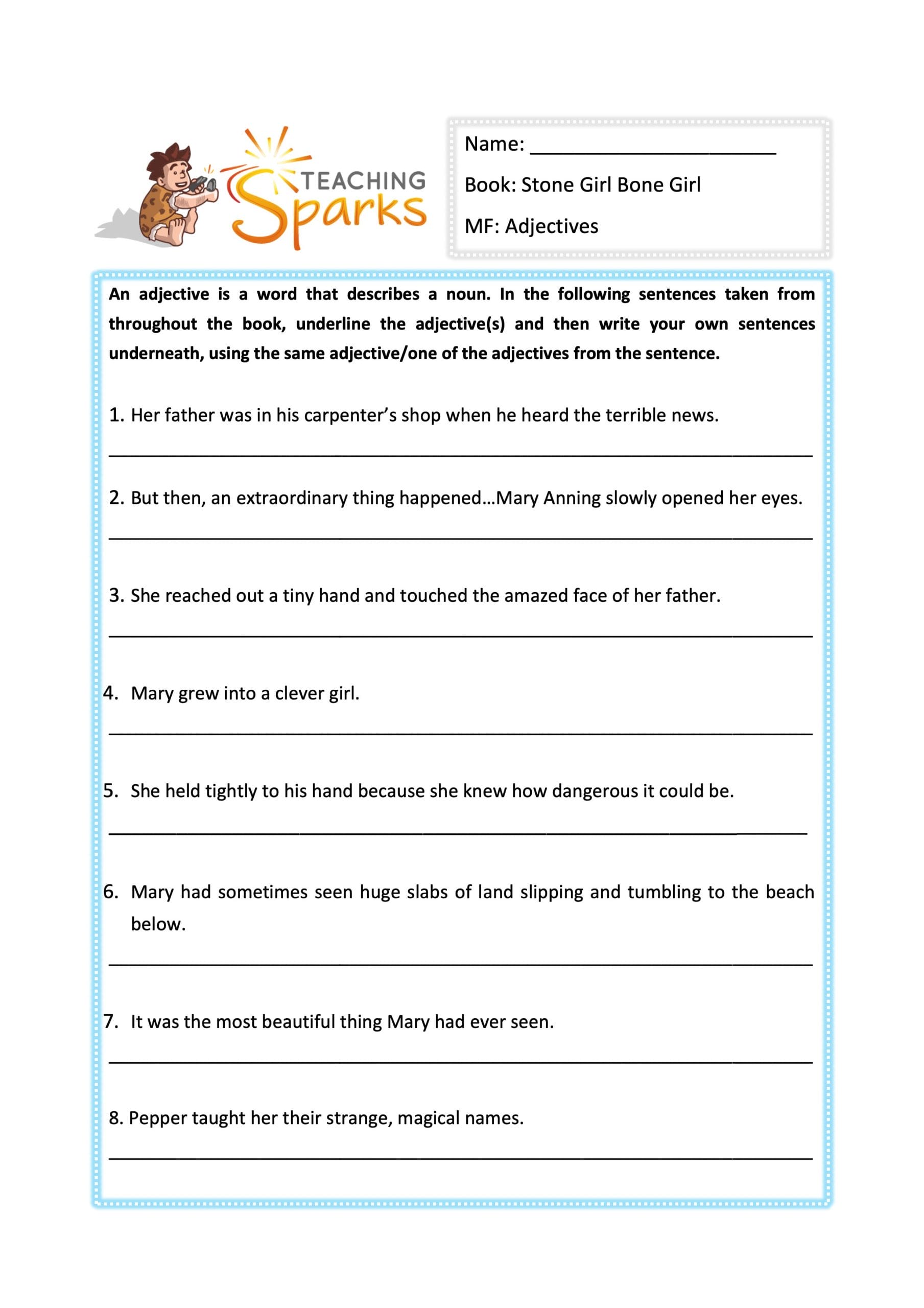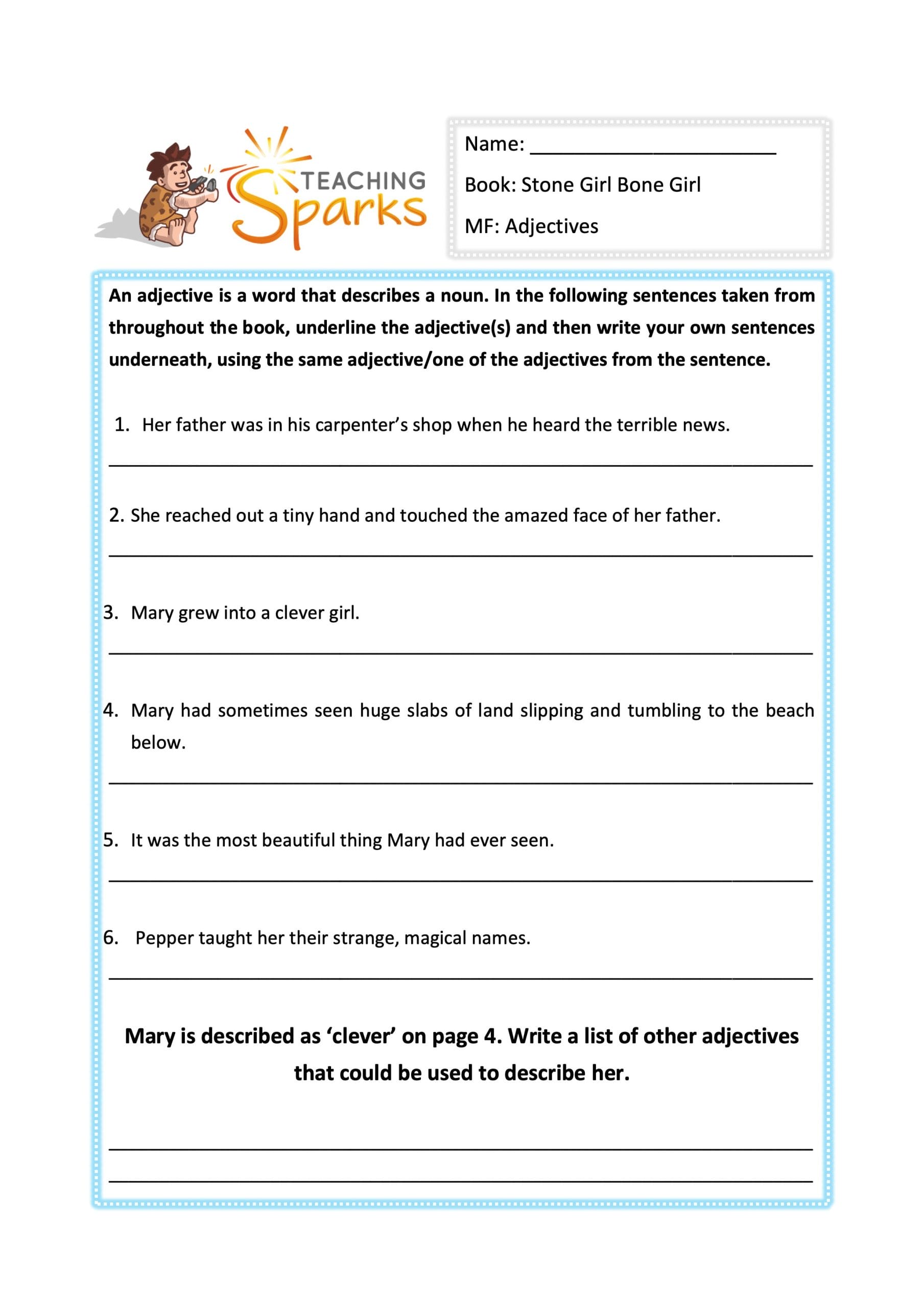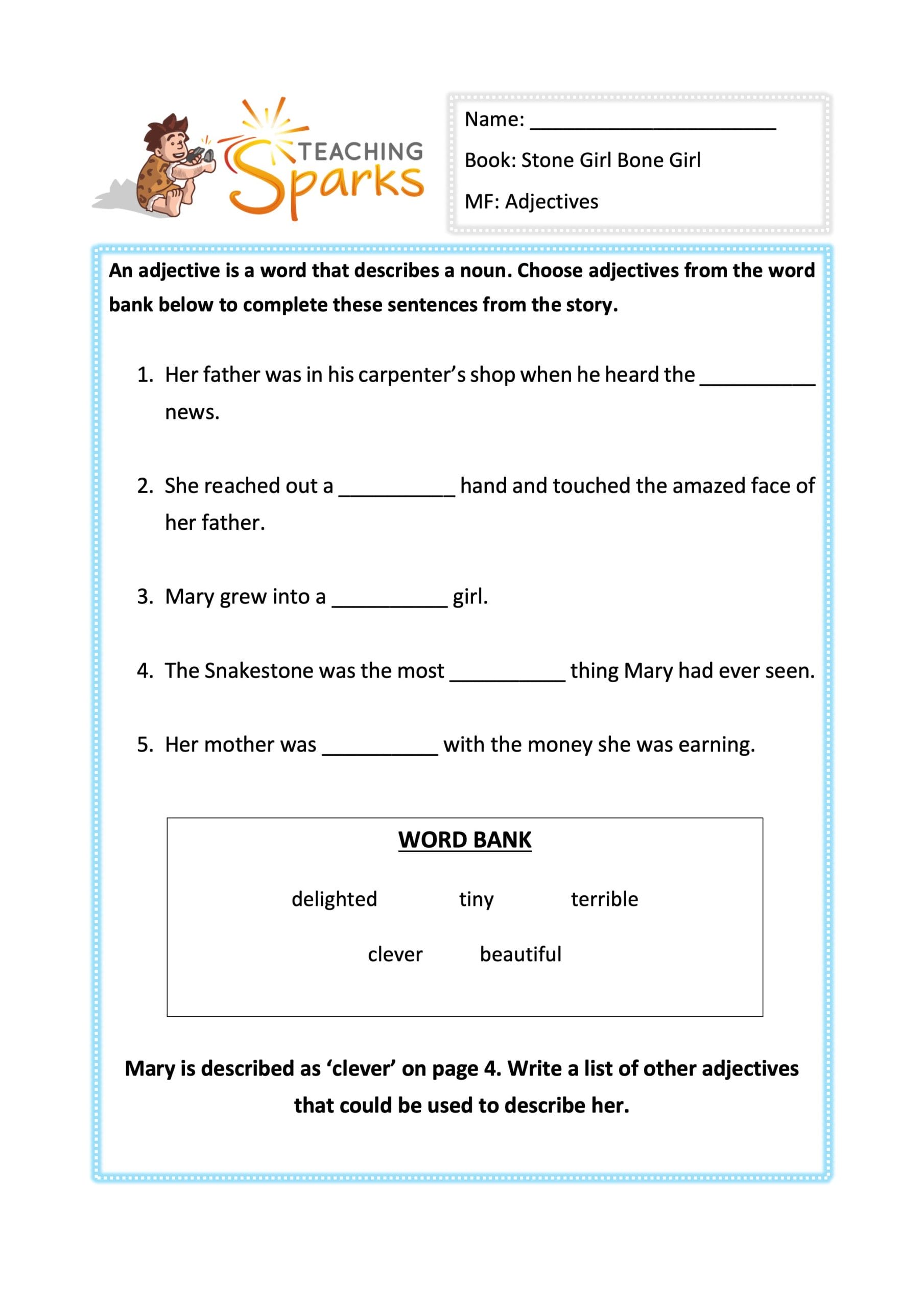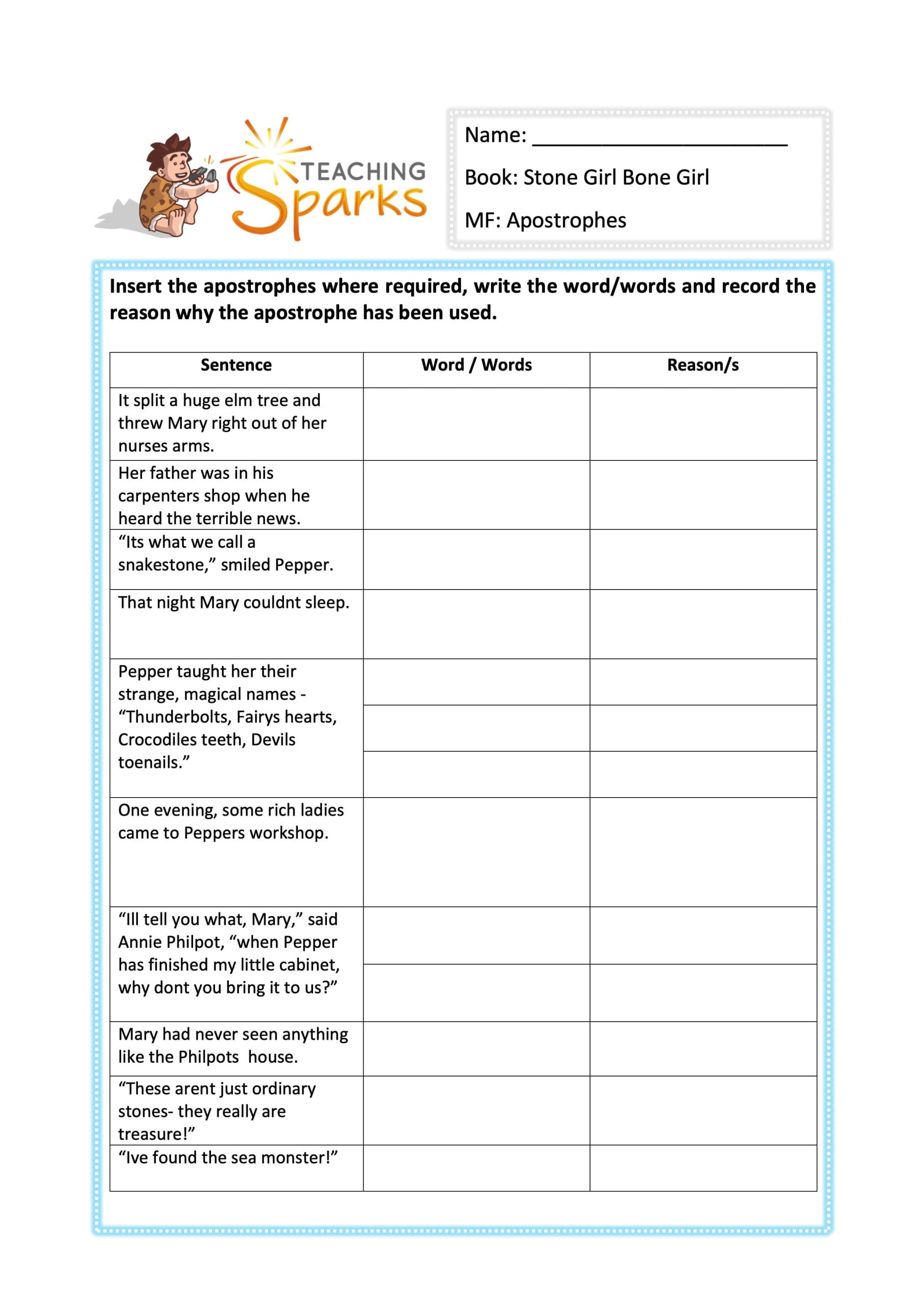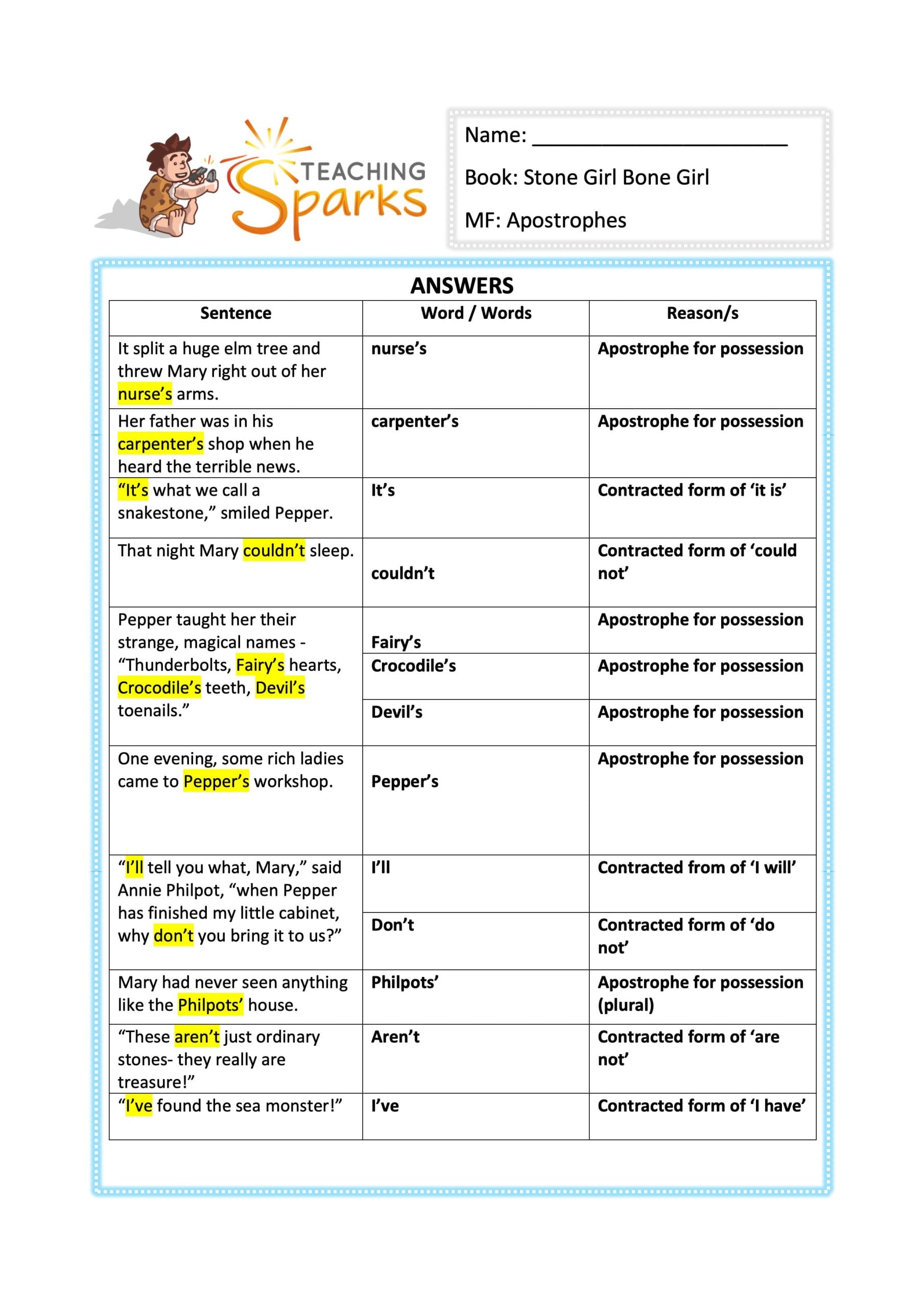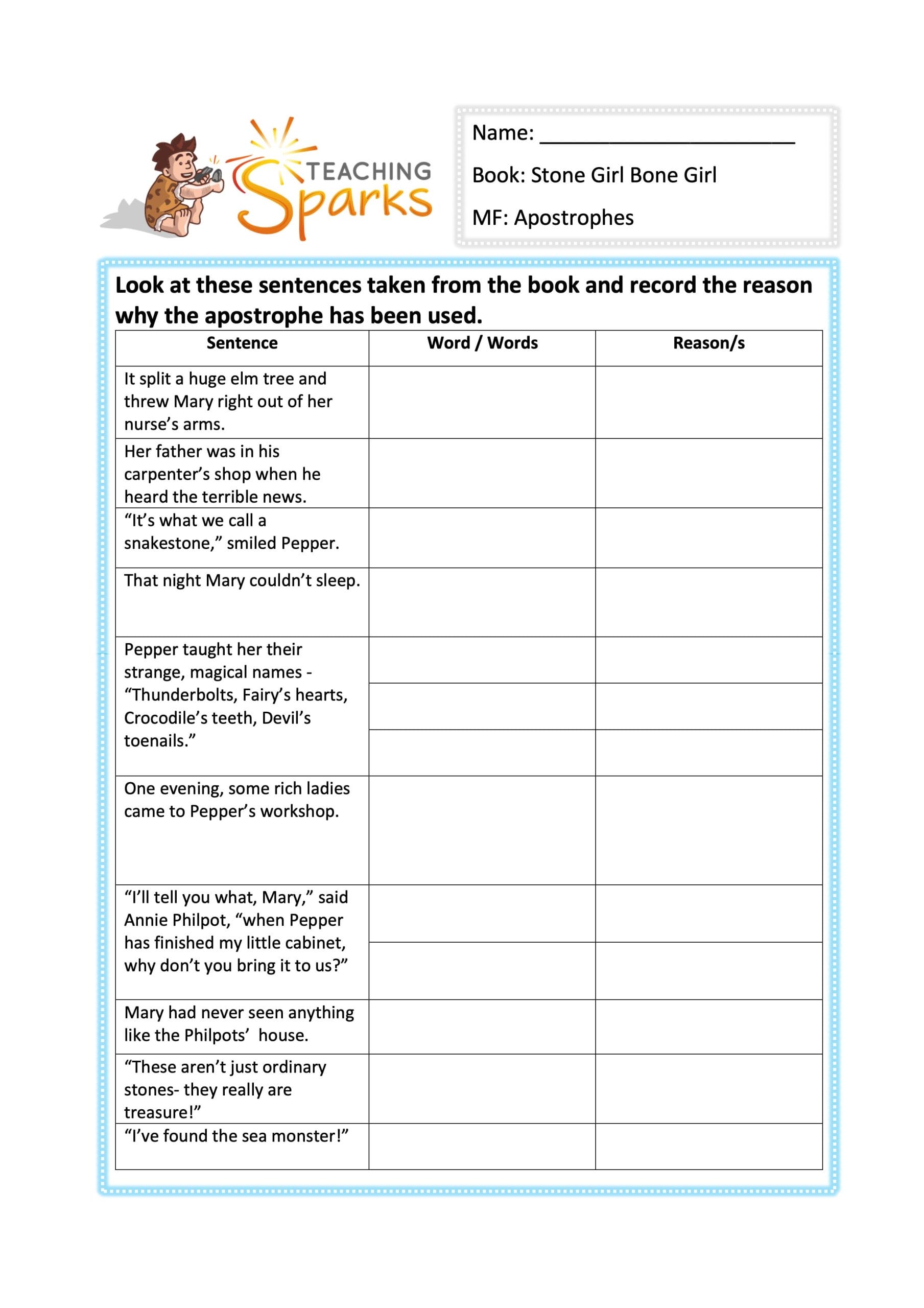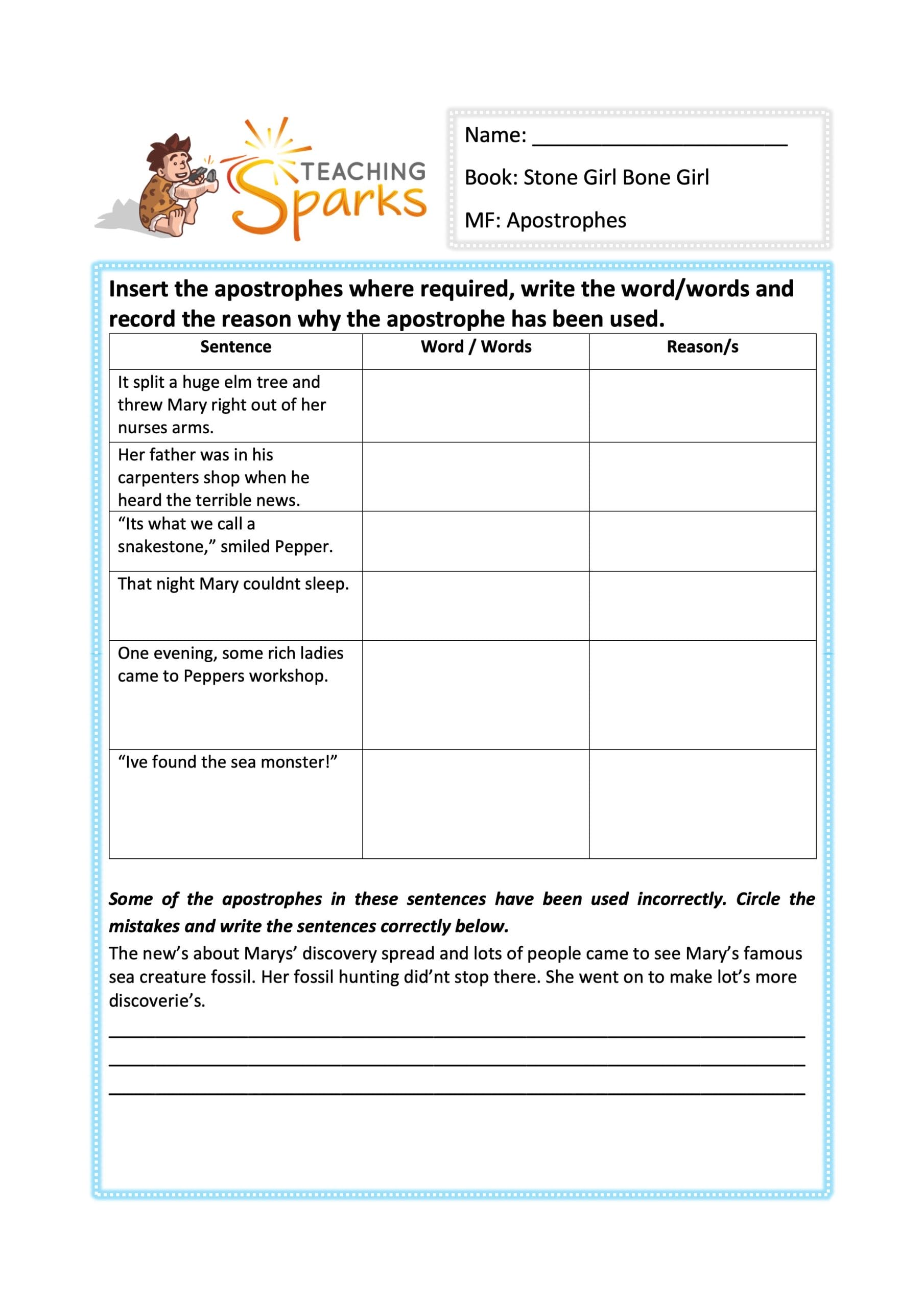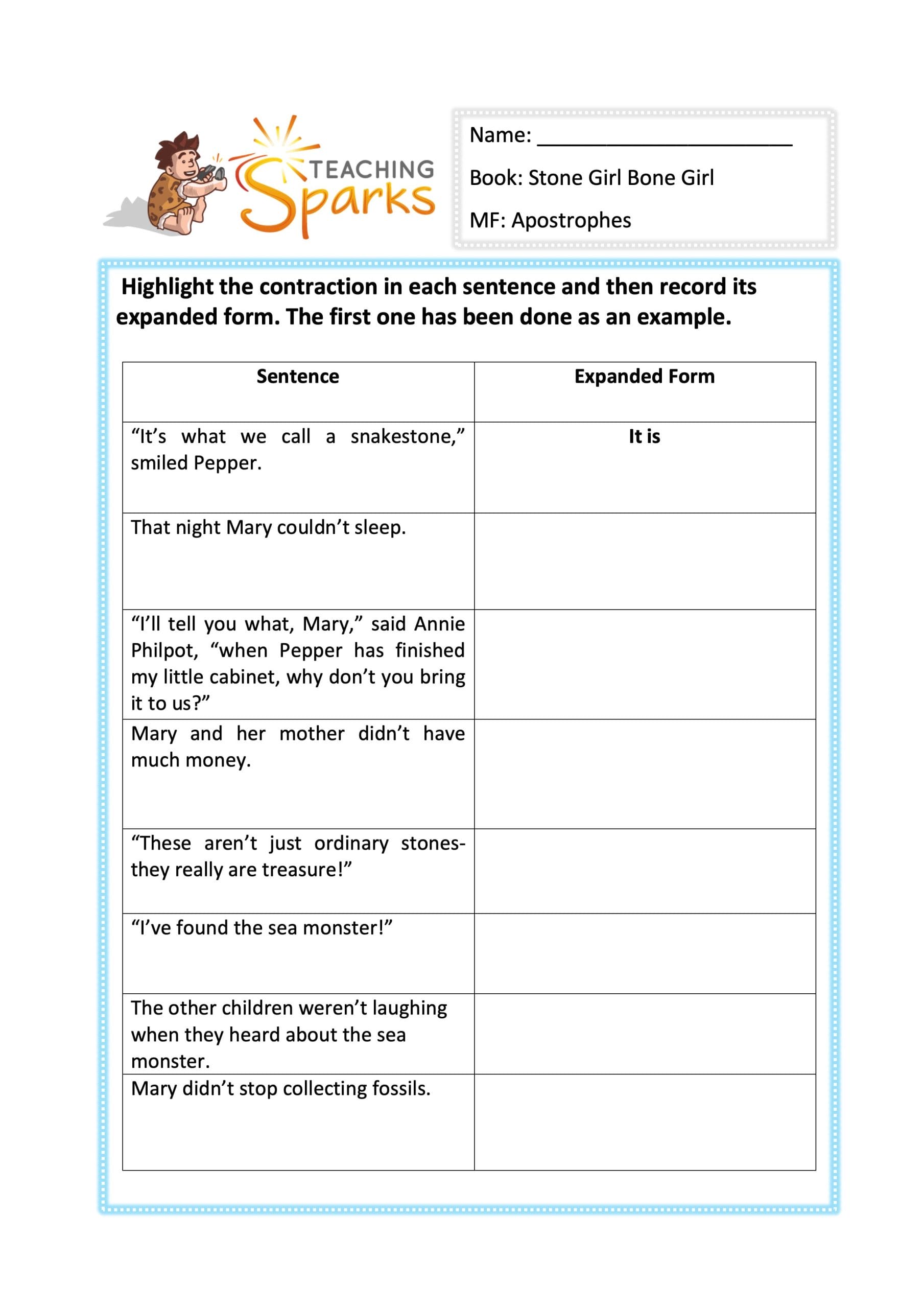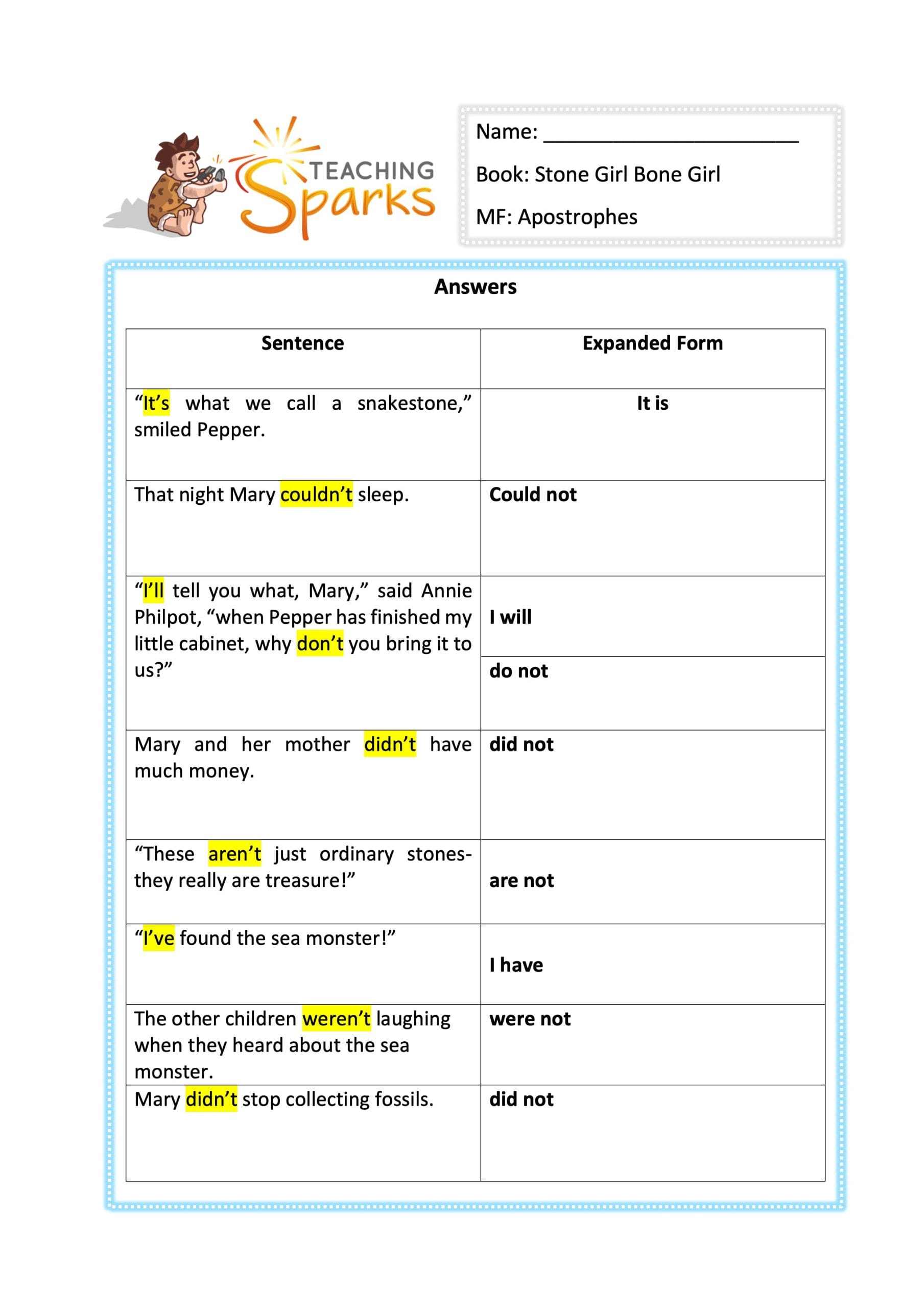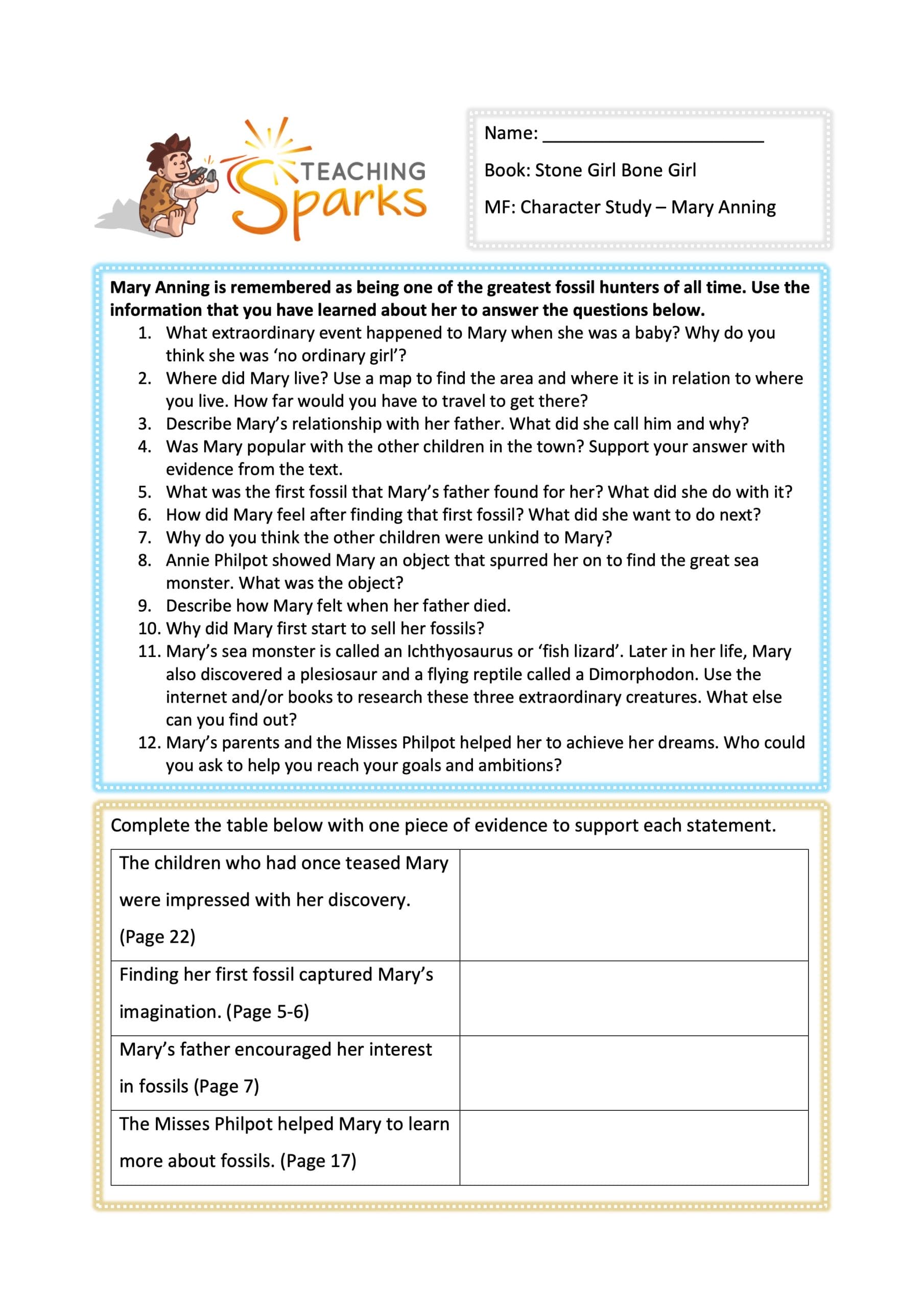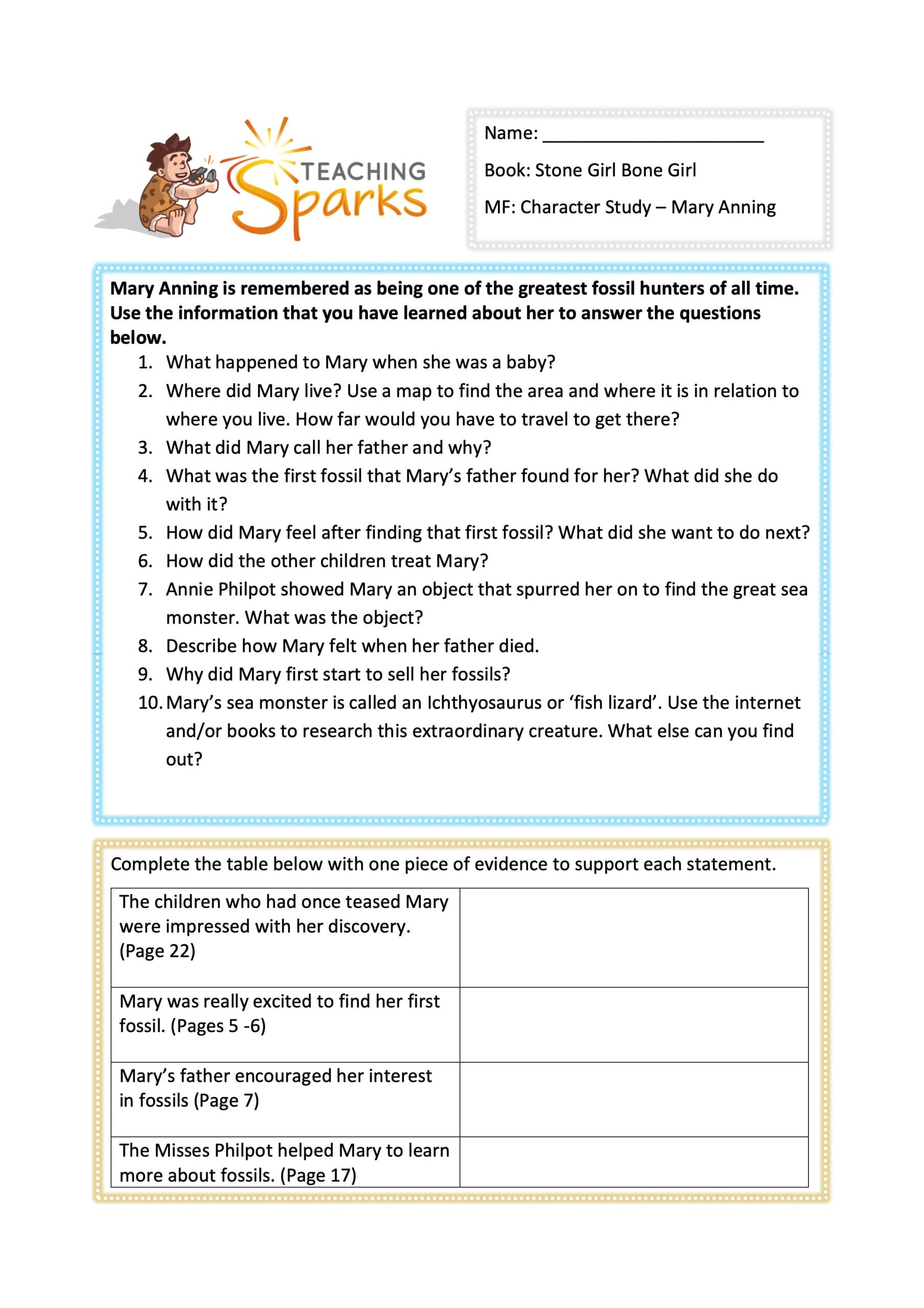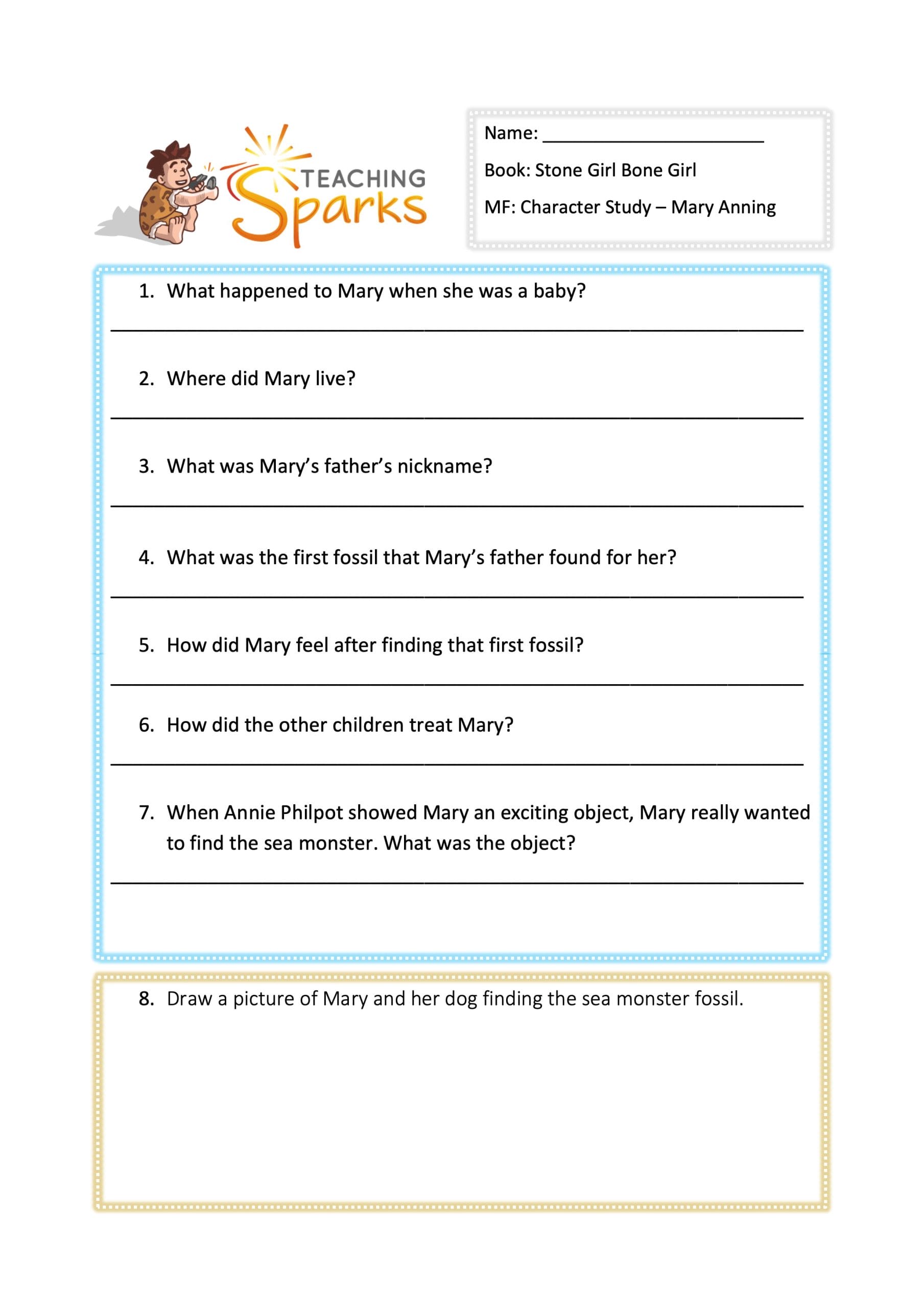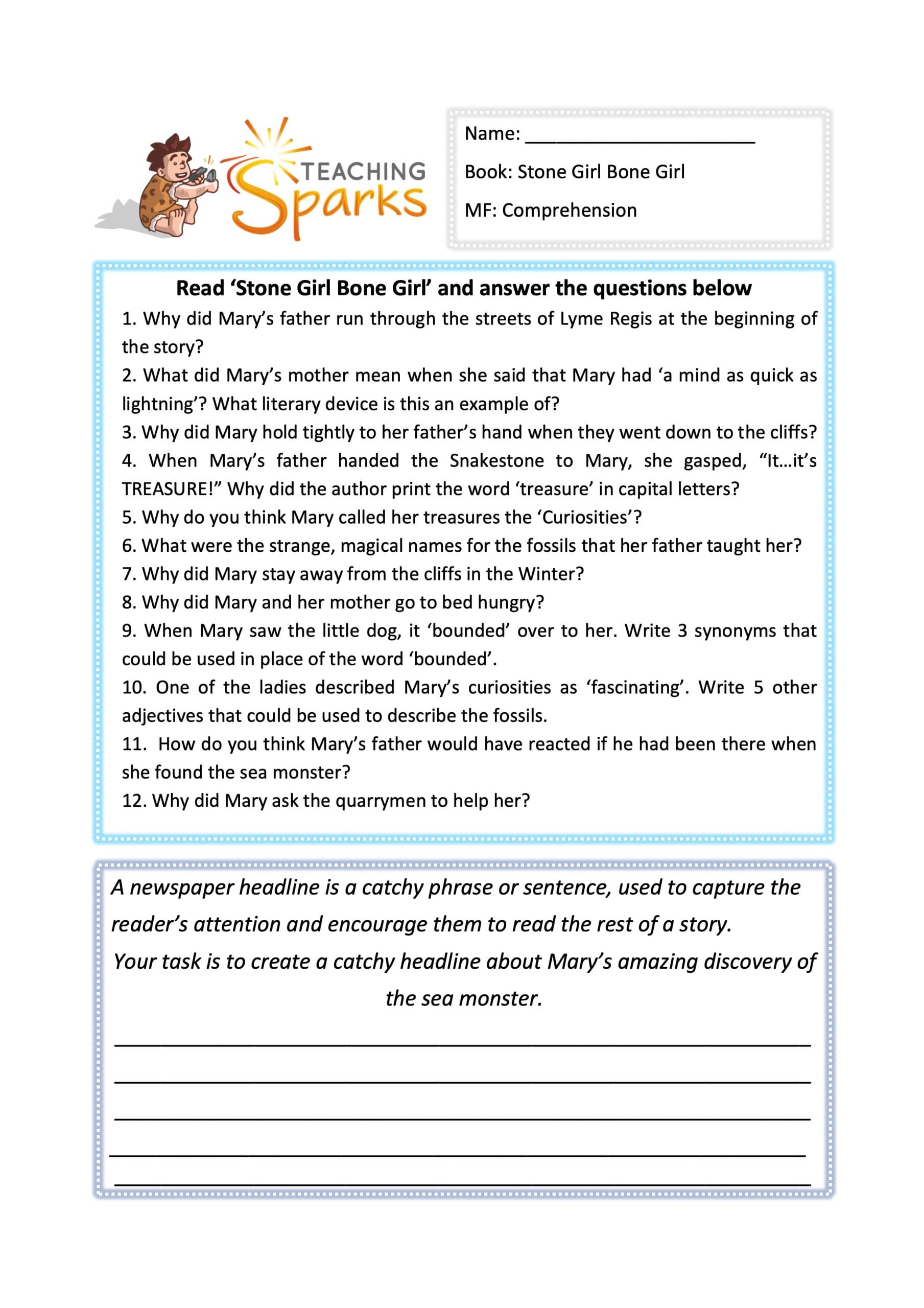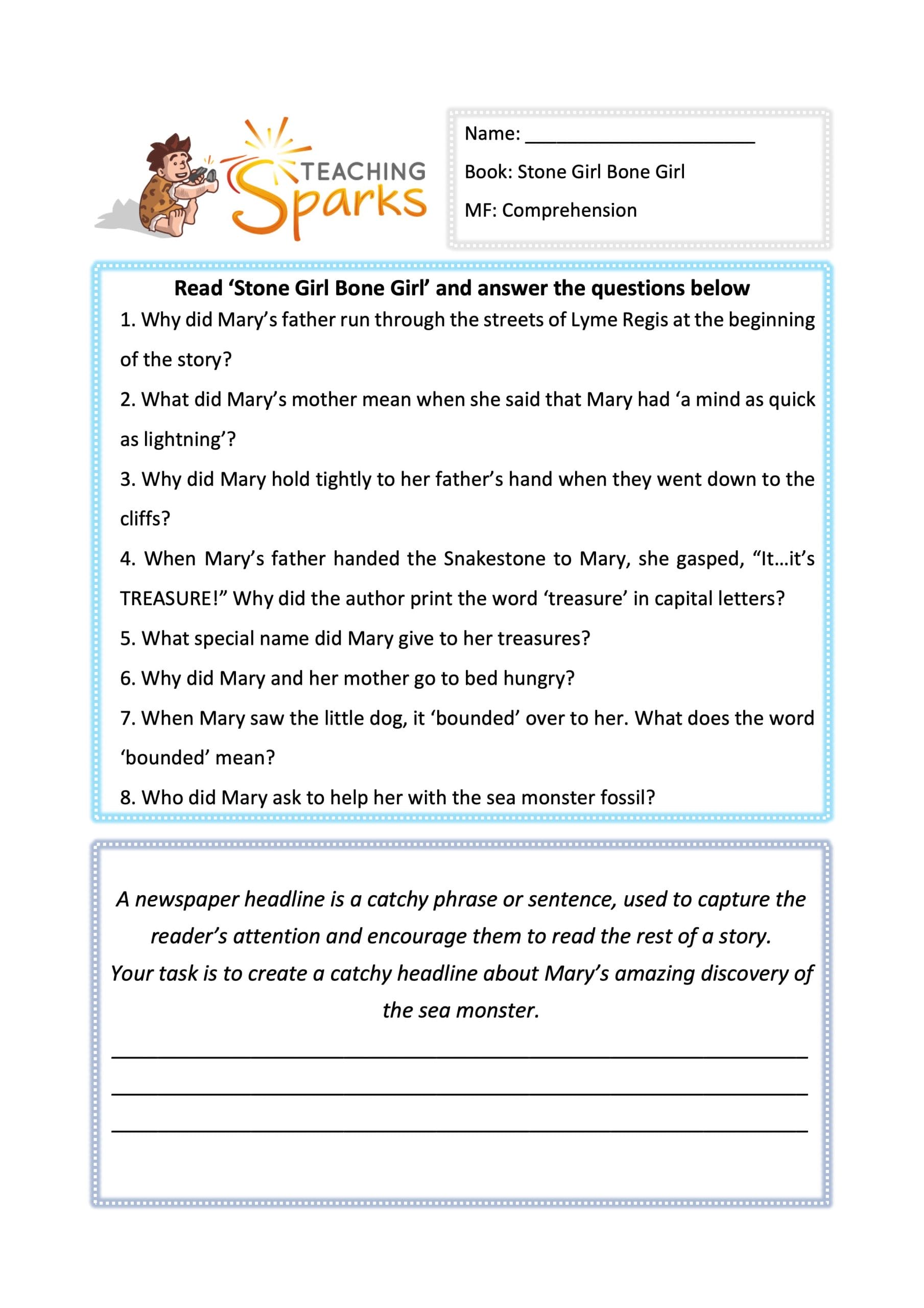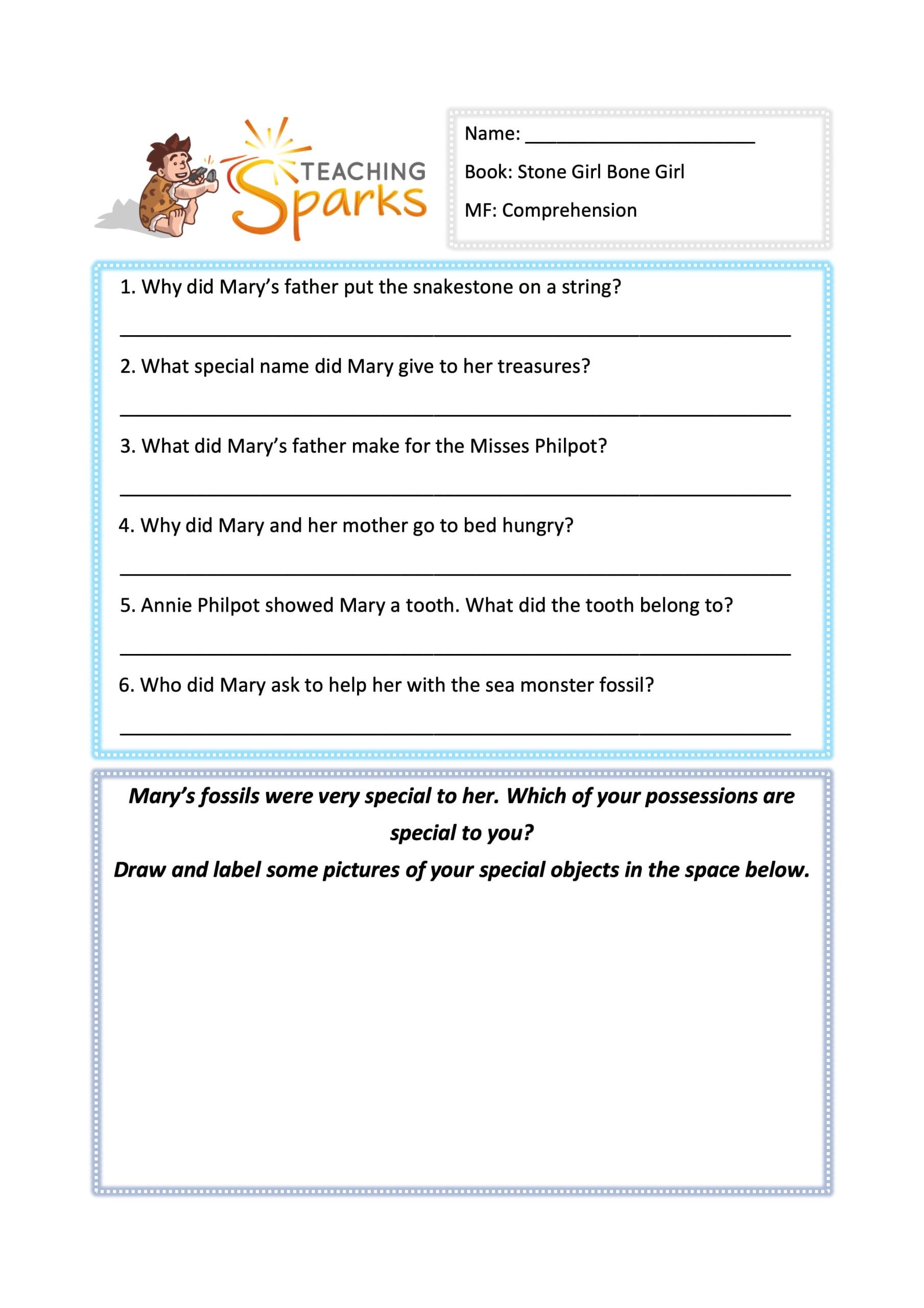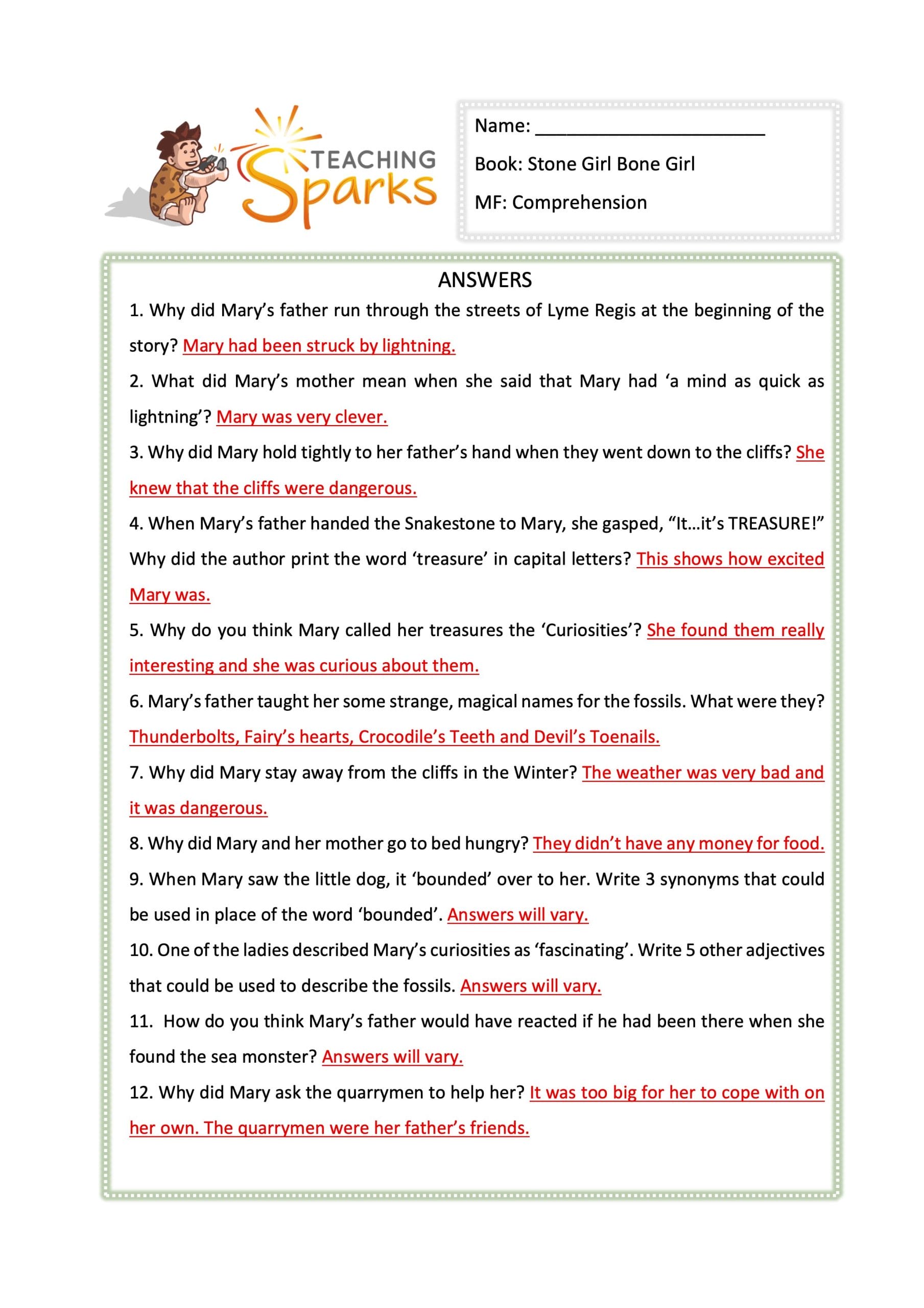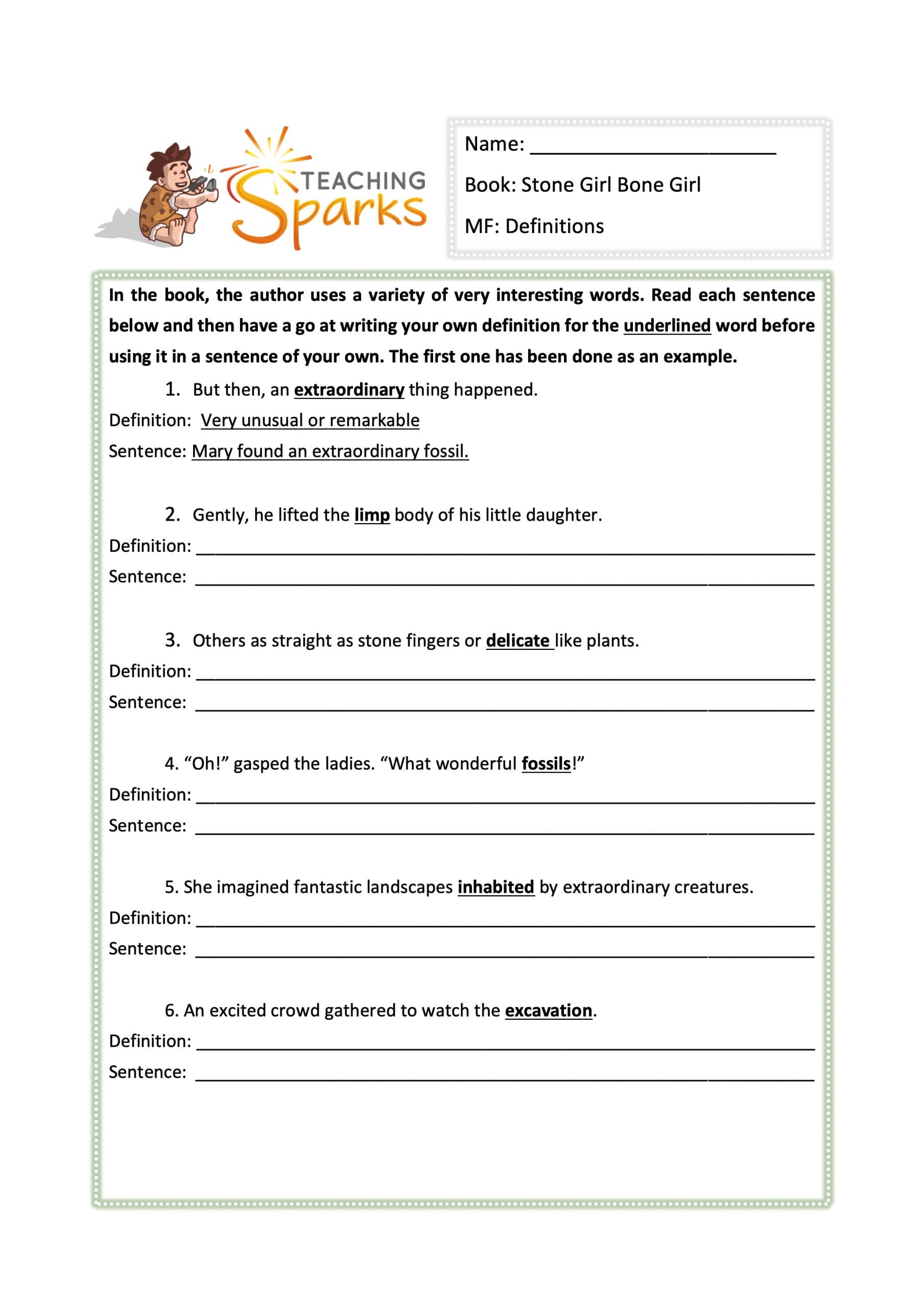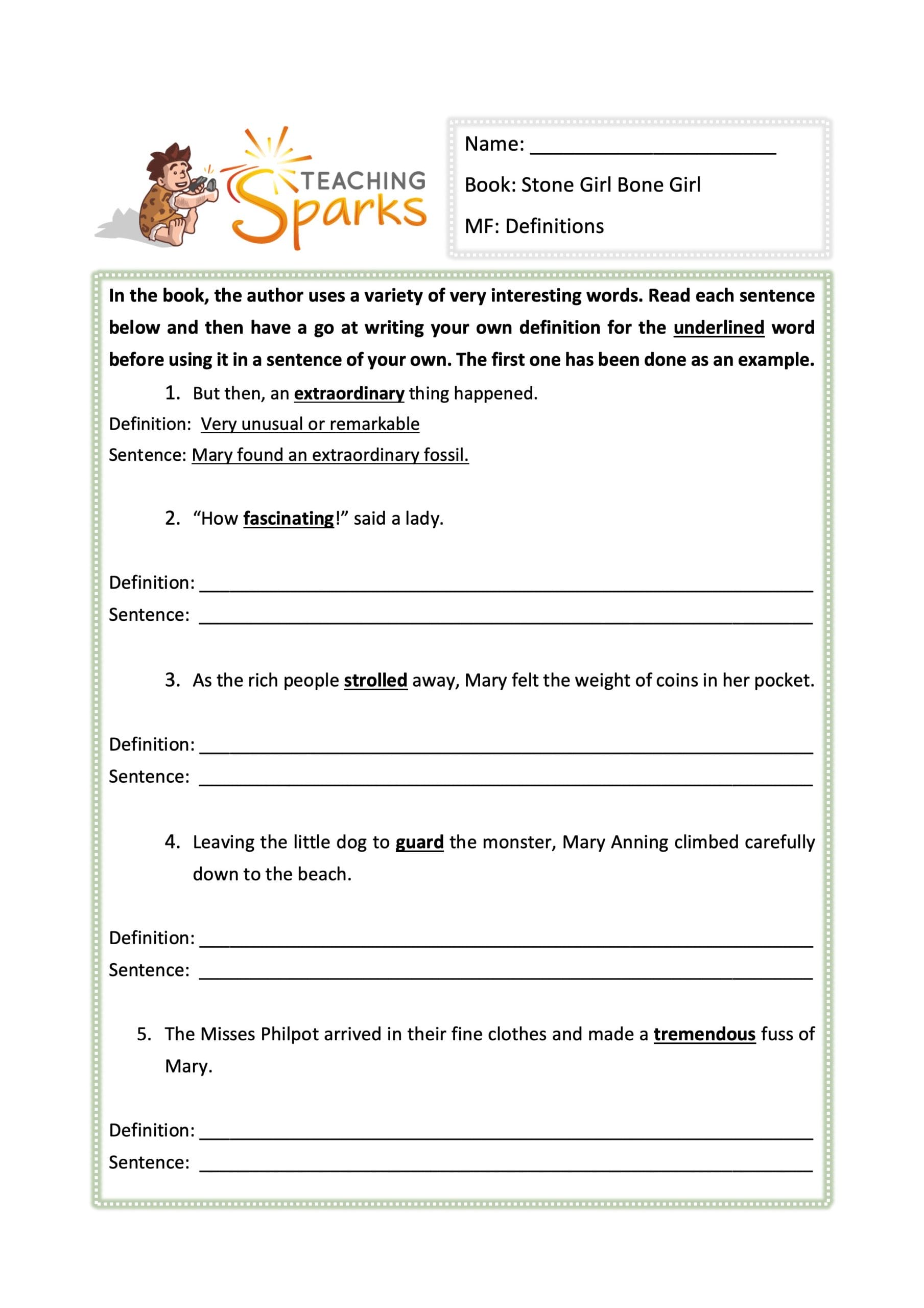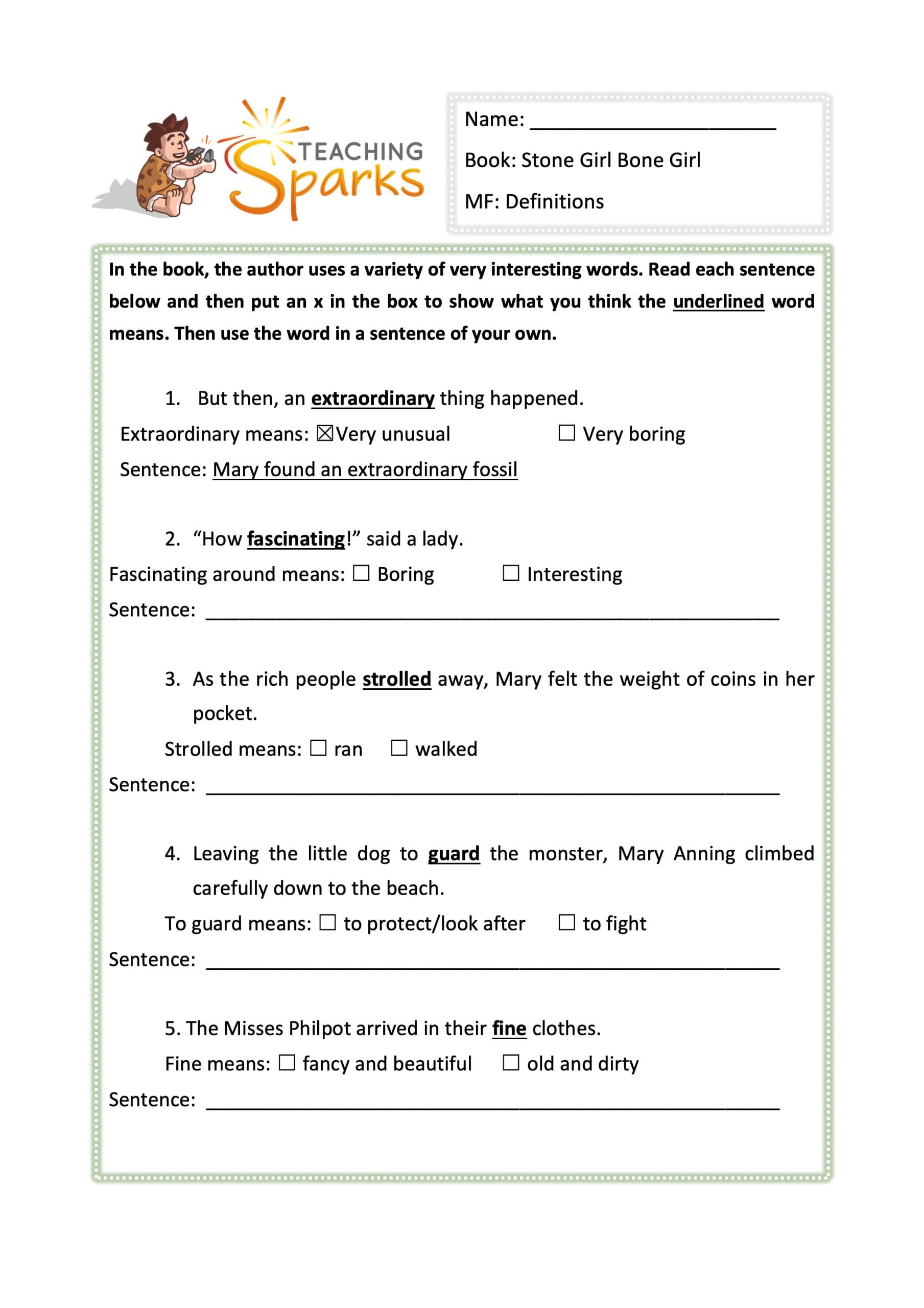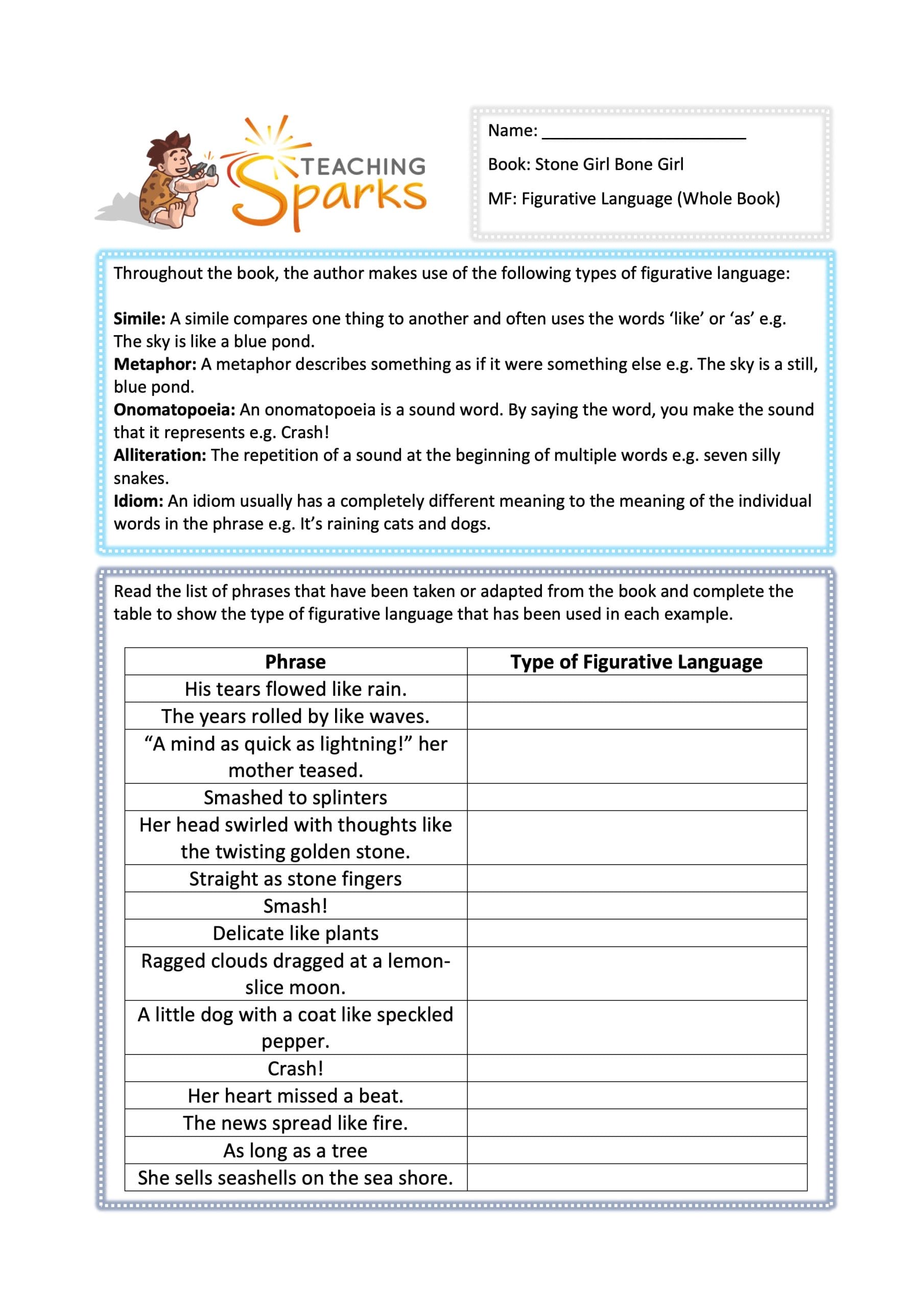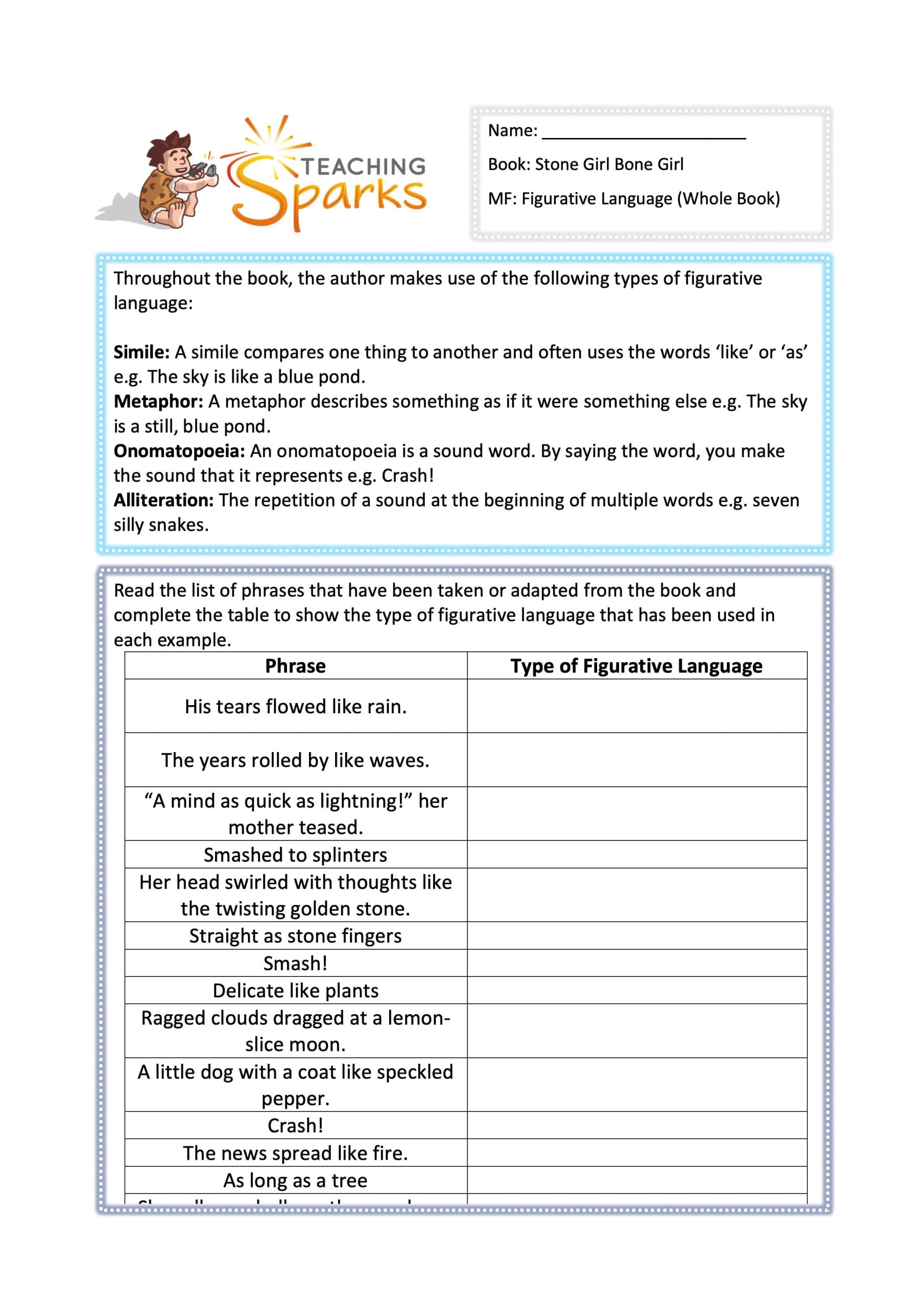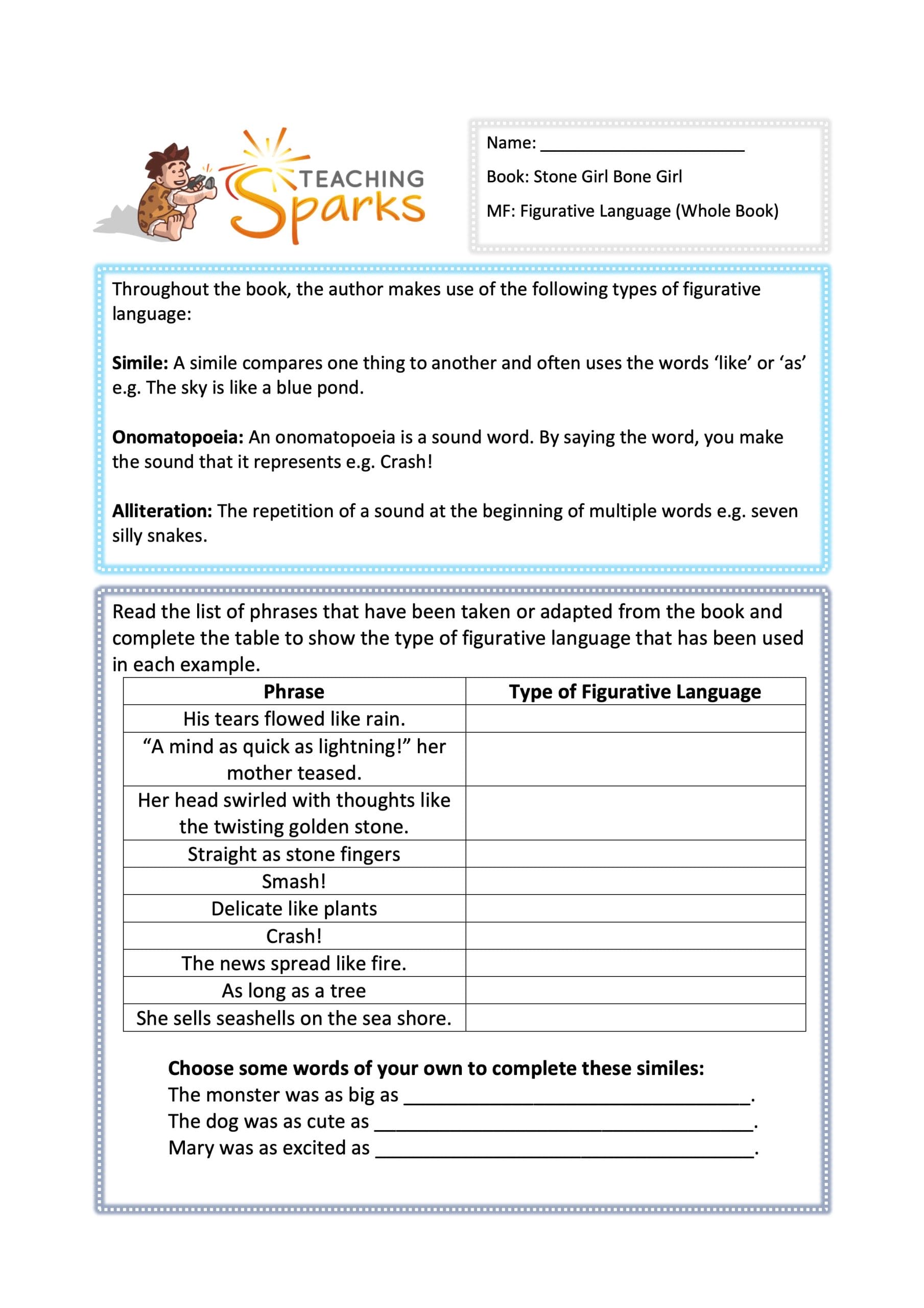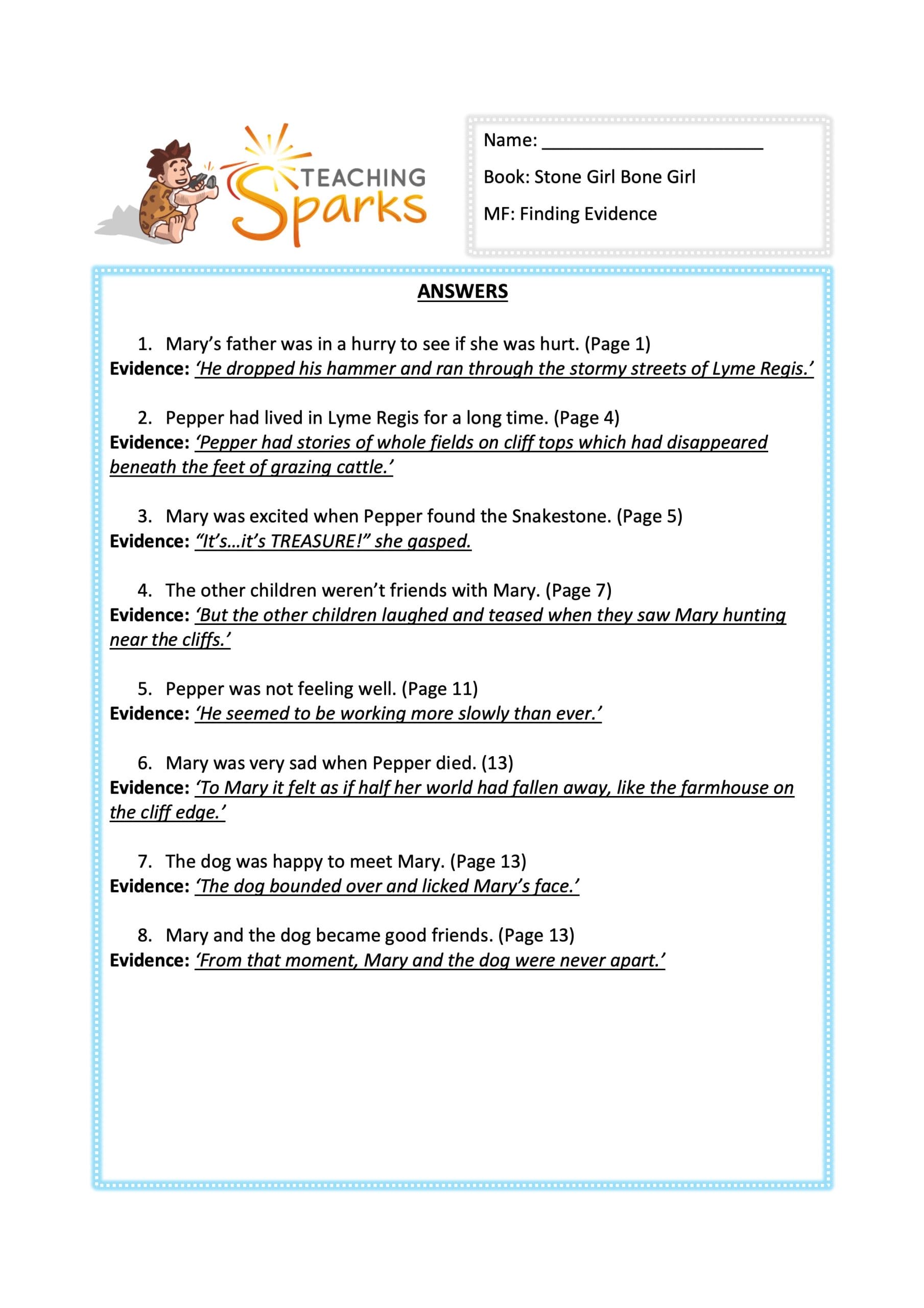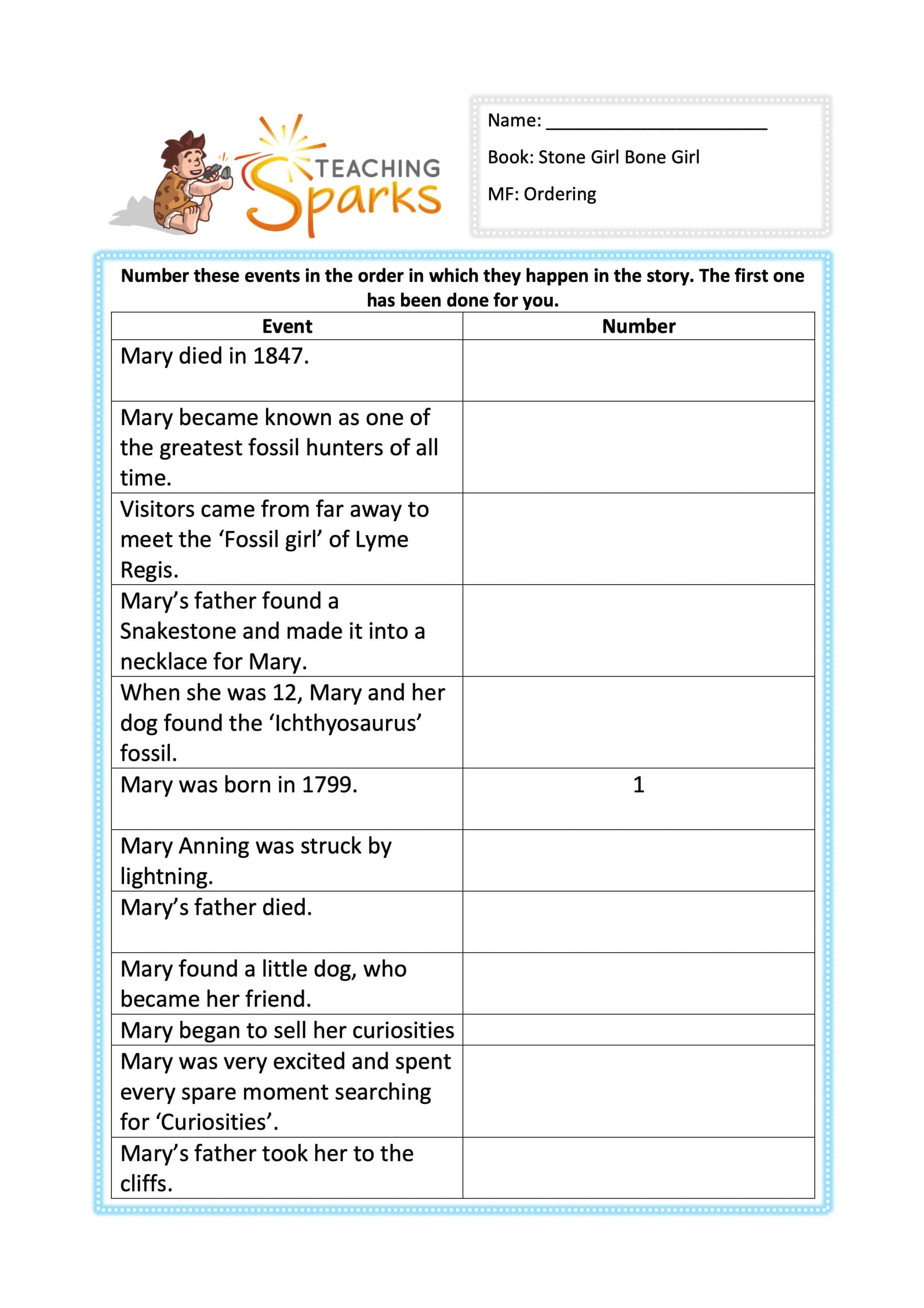Stone Girl, Bone Girl – The Story of Mary Anning
Stone Girl Bone Girl - The Story of Mary Anning
In the windswept cliffs of Lyme Regis, a curious girl with a sharp eye and an untamed spirit unearths secrets buried for millions of years. Stone Girl, Bone Girl tells the powerful true story of Mary Anning — a working-class child dismissed by society, yet destined to shake the foundations of science with her fossil discoveries.
Mocked by townsfolk and excluded from academic circles, Mary defies every expectation, guided by nothing but her fascination with “curiosities” and a fierce resilience inherited from her father. As stone becomes story and bones become legacy, this beautifully illustrated tale captures the wonder of discovery and the courage it takes to stand alone in a world not ready for change.
Rooted in real events, this book opens the door to key STEM themes — from palaeontology and geology to scientific observation and perseverance. Mary’s journey provides a rich foundation for discussions about evidence-based thinking, the history of science, and the role of women in shaping our understanding of the natural world.
Main Focus: Alphabetical Order P9-22
We have taken an extract from pages 9-22 of the book to create an alphabetical order activity sheet for your class after reading the story.
This has been differentiated for Year 3 and Year 4 classes.
Unlock ResourceMain Focus: Adjectives
This activity covers the entire Stone Girl Bone Girl book and focuses on Adjectives.
Your children will identify adjectives within the chosen sentences and then create a few sentences of their own.
Unlock ResourceMain Focus: Apostrophes
For this reading activity linked to Stone Girl, Bone Girl, your class will explore apostrophes.
This worksheet will should be completed after reading the whole book and has been differentiated a number of ways to support different abilities within your LKS2 class.
We have also included the answer sheet too.
Unlock ResourceMain Focus: Character Study
This worksheet is a character study about Mary Anning, it encourages your class to reflect by answering questions from information throughout the book.
Unlock ResourceMain Focus: Comprehension
After reading the whole book, your Year 3 / Year 4 class will answer a range of questions linked to the whole text.
The questions we have chosen vary in style and will challenge not only the information in the story but literacy skills and understanding too.
Unlock ResourceMain Focus: Vocabulary & Definitions
We have taken key vocabulary from a number of sentences within the Stone Girl Bone Girl – The Story of Mary Anning book for your class to delve deeper into definitions and then apply what they have understood to use the words in their own sentences.
Unlock ResourceMain Focus: Figurative Language
Your class will read the list of phrases that have been taken or adapted from the book and complete the table to show the type of figurative language that has been used in each example. This resource covers:
Simile: A simile compares one thing to another and often uses the words ‘like’ or ‘as’ e.g. The sky is like a blue pond.
Metaphor: A metaphor describes something as if it were something else e.g. The sky is a still, blue pond.
Onomatopoeia: An onomatopoeia is a sound word. By saying the word, you make the sound that it represents e.g. Crash!
Alliteration: The repetition of a sound at the beginning of multiple words e.g. seven silly snakes.
Idiom: An idiom usually has a completely different meaning to the meaning of the individual words in the phrase e.g. It’s raining cats and dogs.
Unlock ResourceMain Focus: Finding Evidence
In this activity, your class will be challenged to find supporting evidence from the book for each of the statements provided.
We have created five different resources including multiple choice questions to target all abilities.
Unlock ResourceMain Focus: Sequencing Events
This is a teaching resource that can be used in class once the book has been completed.
Your Year 3 / Year 4 children will be challenged to place the events in the order in which they happened in the book. You can even cut them out and let them work and rework their sequence.
Unlock ResourceMain Focus: Sentence Openers
Throughout the Stone Girl, Bone Girl book, the author uses a range of openers for effect. Your class will complete the table by identifying the type of opener used in each sentence.
Unlock Resource
